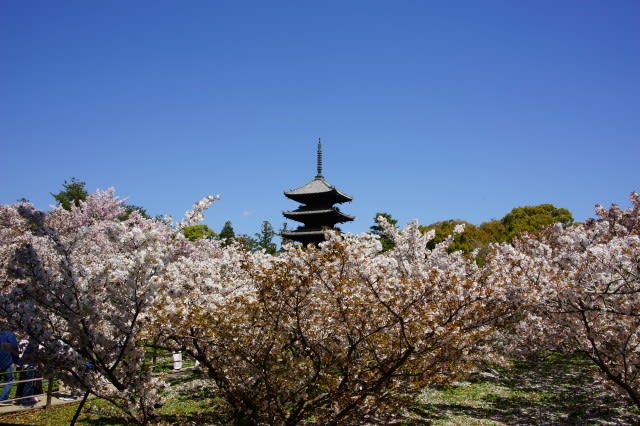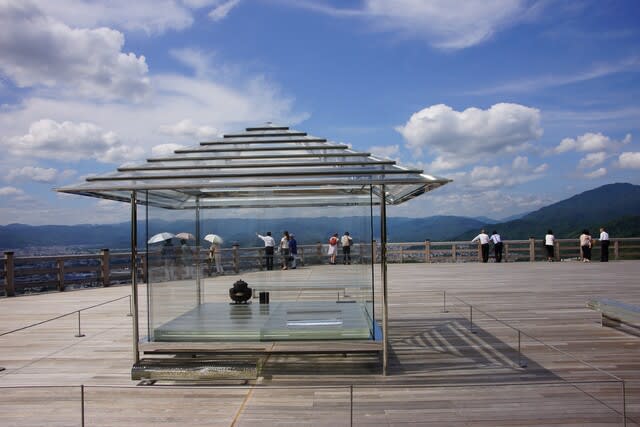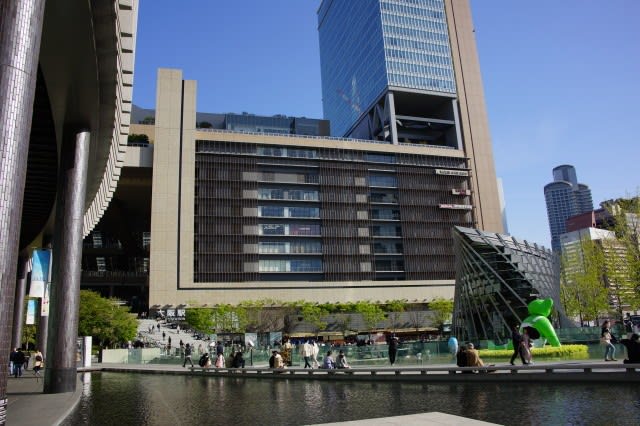Turntable of Civilization", the only blog in the post-war world, will soon start its crowdfunding campaign.
Just as Masayuki Takayama is the only journalist in the postwar world, "Turntable of Civilization" is the only blog postwar world.
With this cloud funding, we would like to obtain unlimited support from all over the world to continue the work of disseminating "Turntable of Civilization" for another 170 years.
Postscript.
Taking this opportunity, I will officially open the "Turntable of Civilization Transmission Workshop" in the "Da Vinci Workshop " style.
I have 100% confidence that I can eradicate the anti-Japanese propaganda from the country of "unfathomable evil" and "bogus lies" in the next ten years alone.
The Turntable of Civilization, which predicts that the following country to turn in 170 years will be Brazil with no fatal problems other than poverty, is one of the most important papers of the 21st century.
In the next 170 years, Brazil will be the following country to turn, and until then, the U.S. and Japan will have to lead the world in parallel.
The monthly magazines' WiLL, Hanada, and Sound Argument are full of genuine articles that demonstrate the 5W1H, a prerequisite for journalists and those who make a living from speech, academics, and others.
However, their manuscript fees will never be high.
The above-mentioned monthly magazine is full of papers by people who are writing genuine articles and laborious works for Japan and the world with very little pay.
I have my hands full just writing my articles and sending them out in Japanese and English translation.
I have to scan their papers, proofread them for errors, send them out, and then translate them into English and send them out.
I can't do more than that.
I'm sure they have their hands full just writing their papers.
It can't translate them into other languages and send them out.
But that will not change anything in the world.
If we are not careful, there is a greater risk that the world will go in the wrong direction due to stupid media.
Many so-called entertainers earn more than 100 million dollars a year simply by performing their instantaneous art on TV, without any research or verification based on 5W1H.
It is one of the entrapments inherent in a democratic society.
The above is from a notice I sent out the other day in English and Japanese.
I am 100% confident that we will eradicate the anti-Japanese propaganda from the country of "unfathomable evil" and "plausible lies" in the next ten years alone.
The following is from this month's issue of the monthly magazine Sound Argument.
I will publish all the articles on the special issue on historical warfare, including this one, in about 40 languages worldwide.
That work is the reason for my 100 percent confidence in eradicating anti-Japanese propaganda.
However, letting the criminal acts initiated by this scoundrel go unchecked is the same as letting the world continue to believe the anti-Japanese propaganda of a country of "unfathomable evil" and "bogus lies" as before.
Google Inc. has become an enormous company, partly due to their use of our personal information.
But they continue to neglect criminal activities such as SEO for reverse SEO attacks, excluding us from searches with keyword analogy attacks using their servers and creating fake search pages.
After all, neither the Japanese government nor anyone who makes a living from academics and speech has done anything to eradicate the country's anti-Japanese propaganda of "unfathomable evil" and "untruthful lies" by sending it out to the world in the language of each country.
Comfort women are not sex slaves.
Professor Ramseyer of Harvard University's article
The issue of comfort women has spread worldwide, with the image that the Japanese military used Korean women as "sex slaves" before the war.
Recently, a new statue of comfort women based on this claim was erected in Germany.
Against this backdrop, an academic paper by Professor J. Mark Ramseyer of Harvard University in the U.S., which theoretically and empirically shows that comfort women are an extension of the domestic prostitutes that were allowed under government regulations at the time, will be published in the International Review of Law and Economics, vol. 65, scheduled for publication in March. (Already available on the journal's website at https://www.ScienceDirect.com/science/article/pii/S014481882,0301848).
It is significant that Professor Ramseyer, who is not only a renowned corporate lawyer in the U.S. but also a great expert in Japanese studies, has developed an argument against the "comfort women = sex slaves" theory in an academic paper that has been peer-reviewed by other specialized researchers.
He analyzes any subject using the method of economics, which says that human beings pursue their own interests under given conditions.
Comfort women are no exception to this rule.
Based on the work of other researchers and historical documents from Japan and Korea at the time, this paper points out that both Korean and Japanese comfort women were authorized prostitutes, not "sex slaves" who were abducted by the Japanese military and forced into prostitution, and that the problem with comfort women was the recruiting agencies in Korea.
The following is a summary of the article with the permission of the professor.
(Commentary and summary by Professor Yoshitaka Fukui, Aoyama Gakuin University)
Contracting for Sex in the Pacific War
(Contracting for sex in the Pacific War) Abstract
In the 1930s and 1940s, when Japanese troops marched into and retreated from East Asia, the military tried to control soldiers' risk of contracting venereal diseases and spreading them locally.
To this end, the military encouraged the establishment of semi-official brothels by private vendors near overseas military bases and prohibited soldiers from using other brothels in exchange for requiring vendors to provide strict hygiene control, including regular checkups of prostitutes.
Prostitutes were recruited by vendors mainly from Japan and Korea. Brothels that cooperated with the military were called "comfort stations," and prostitutes were called "comfort women.
Comfort stations were the overseas military analog of the authorized brothels in Japan and Korea at the time.
What was the reality of the prostitution business in Japan at that time?
Prostitution was licensed and required weekly medical examinations, and in 1924, 50,100 licensed prostitutes were working in 11,500 licensed brothels.
There were so many women seeking work as licensed prostitutes that between 1920 and 1927, only 62% of job seekers in Tokyo were able to find work.
As a result, although there is no reliable data, it is believed that there were as many illegal prostitutes as authorized ones.
Women and brothels coincide in their intentions.
Licensed prostitutes worked under indenture contracts that included the following.
An advance is paid to them or their parents, and they work until the total amount is paid or the contract expires, whichever comes first.
In the mid-1920s, advances ranged from 1,000 to 1,200 yen and were interest-free.
Two-thirds to three-quarters of the proceeds were taken by the brothel, with 60 percent of the remainder going to repay the advance and 40 percent to the individual.
In the case of a prostitute in Tokyo in 1925, the total annual wage was ¥655: ¥393 to repay the debt and ¥262 to be received by the prostitute [Incidentally, according to another article by Professor Ramseyer, the average annual wage of female factory workers in 1926 was ¥312].
Although some historians have argued that brothels cheated prostitutes out of their debts, this was not the case, at least not on a large scale.
In fact, the average working period of a prostitute was about three years, or half of the standard contract period of six years, before she finished repaying her debts.
The indentured servitude contracts of prostitutes follow the logic of "credible commitment" in game theory.
Young women understand that prostitution is dangerous and demanding work and that even a short stint can damage their reputation, so they seek a reliable guarantee that they will be well compensated.
Brothels, on the other hand, need to motivate their prostitutes to satisfy their clients.
The indentured servant contract, in which a large sum of money is paid to the prostitute at the beginning with a cap on the duration of the agreement, and the more satisfied the customer is, the more she will be repaid and the sooner she can quit, is a good match for both parties.
At the time, reformists in Japan were advocating a ban on prostitution, but criticism of women's abduction to brothels by recruiters was close to nonexistent.
Complaints by prostitutes themselves that they were being forced into prostitution by recruiters and brothels were also rare.
The target of criticism by reformists was parents who sold their daughters to brothels.
During the Japanese occupation of Korea, a system similar to that in Japan was in place.
The number of illegal prostitutes in Korea was relatively high, and Korean women had been working as prostitutes abroad for decades before comfort stations were established.
The problem is that the Korean recruiters.
In establishing comfort stations in overseas war zones, the Japanese government was aware of the political risks.
While reformists in Japan had been calling for a ban on prostitution for decades, it was imperative to avoid the situation where it tricked naive young women into working for unscrupulous companies.
The Ministry of Home Affairs asked recruiters to hire only women who were already working as prostitutes as comfort women and instructed the local police to directly confirm with the women that they were applying for their own volition and telling the women to return home immediately after the contract expired.
There was, however, a unique problem in Korea that was different from that of Japan: the existence of a large number of specialized labor recruiters and their use of deceptive practices.
Not only prostitutes but also factory workers were recruited, but the recruitment irregularities reported in the newspapers were related to the sex industry, such as tricking women into going to overseas brothels.
Neither the Japanese government nor the Governor-General of Korea forced women into prostitution, nor did the Japanese military cooperate with unscrupulous recruiters.
Nor did the Japanese military cooperate with unscrupulous recruiters, nor were they the sole providers of comfort women.
The problem lay with the recruiters in Korea who had been luring women to work in brothels for decades.
The brothels hired comfort women under the same contract as licensed prostitutes in Japan, but there was a significant difference.
Reflecting the increased risk of working in distant battlefields, contract terms were shortened, usually two years, and in some cases even shorter.
In return for the greater risk, comfort women were paid more than prostitutes in Korea and Japan, who earned more than other jobs.
Some researchers say that it further promoted the recruitment of comfort women at the end of the war, but the fact is the opposite.
As the war worsened, it mobilized women to work in munitions factories instead of men being drafted, and it moved prostitutes from brothels to factories.
The women signed indentured servitude contracts of one or two years with the comfort stations, received a significant advance loan, went to the war zone, and returned to their hometowns after completing the contract period or repaying the advance loan in full before the deadline.















